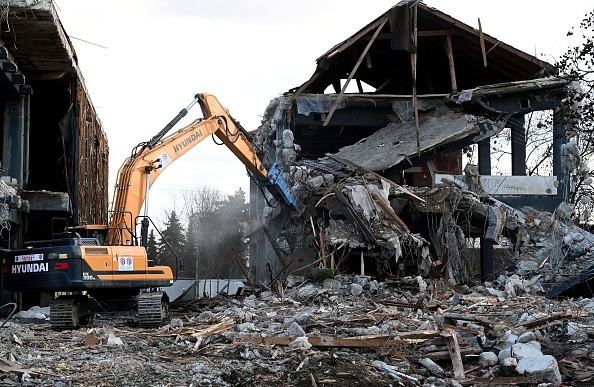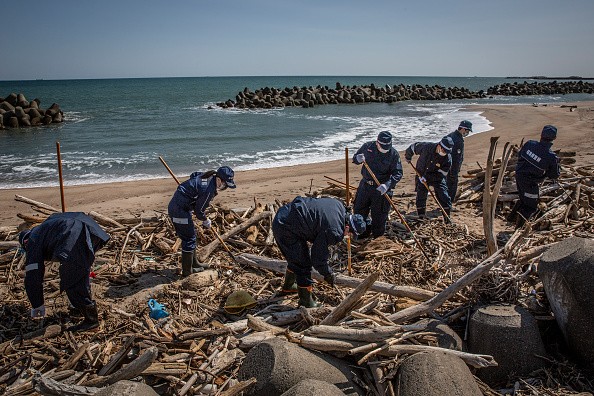People alover the world have been aware that geological processes in the ocean may inflict considerable harm since the tsunami that ravaged beaches surrounding the Indian Ocean in December 2004 and the Fukushima accident in March 2011.
Such events are typically seen as those occurring in remote areas from a European viewpoint.

Dormant Risks of Earthquake
Numerous people overlook the fact that the European shores are tectonically active, and that many catastrophes have happened there in the past, says Prof. Dr. Heidrun Kopp, co-chair of the European Marine Board working group on this subject.
The European Marine Board is a European coalition of important national marine or oceanographic institutions, research funding bodies, and national consortia of universities with a significant marine research emphasis. A position paper on maritime geohazards has been issued under the leadership of Prof. Kopp, according to Phys.org.
Facts and policy recommendations are obtained with the help of a position paper titled "Marine geohazards: Safeguarding society and the Blue Economy from a hidden threat." The position paper was unveiled during the 8th European Marine Board Forum in Brussels, Belgium, which focused on supporting Europe's Ocean Decade.
"This Position Paper is highly relevant for European countries", emphasizes Heidrun Kopp. "If a natural disaster were to occur on Europe's coasts, all European Union states would be involved-both in disaster relief and in financing reconstruction."
Possible Earthquake and Tsunami
Multiple risks were highlighted by scientists from a number of European Marine Board member institutions for the position paper. The threats inclede Earthquakes and volcanic eruptions, both of which may result in tsunamis. Tsunamis may occur when there are landslides on the seabed.
In addition, lesser calamities may inflict enormous economic loss even if they do not cause huge destruction. Large sandbars, for example, can shift along the ocean floor, similar to sand dunes in deserts. These sandbars may bury and destroy pipelines or deep-sea cables used for communications and internet traffic, costing businesses and governments millions of dollars.
The goal is not to create a massive crisis scenario, Heidrun Kopp says, but to raise awareness of hazards so that politicians and authorities can plan and react appropriately. Better risk assessment in maritime spatial planning and construction projects would be one important aspect.
Over millions of years, the likelihood of geological events such as earthquakes and volcanic eruptions has remained constant. However, since coastlines are growing more densely inhabited, they have developed ports and industrial facilities on the coasts and on the bottom, and they've generally amassed enormous values there, the severity of harm is rising.

Research to Discover Geological Hazards in Europe's Seas
The authors of the position paper also point out that further study is needed to better understand geological dangers in Europe's oceans. There is currently no high-resolution image of the seabed that adequately depicts the geological fracture zones and edges of continental plates where earthquakes often occur, for example.
They further claim that until recently, there has been no comprehensive information of the location and movement of massive sandbanks. As a result, the researchers suggest large-scale measuring projects that map the seabed down to the centimeter.
Heidrun Kopp said: "We want to identify those structures that are particularly problematic. In many cases, we still do not know exactly where these sites are. We do not even know the exact location of the 1908 Messina earthquake which struck Italy and caused the highest number of casualties ever recorded by a European earthquake. More than 80,000 people died at that time."
Related Article : 8 Most Disastrous and Deadliest Earthquakes From the Last Decade
For more news, updates about earthquakes and similar topics don't forget to follow Nature World News!
© 2025 NatureWorldNews.com All rights reserved. Do not reproduce without permission.





